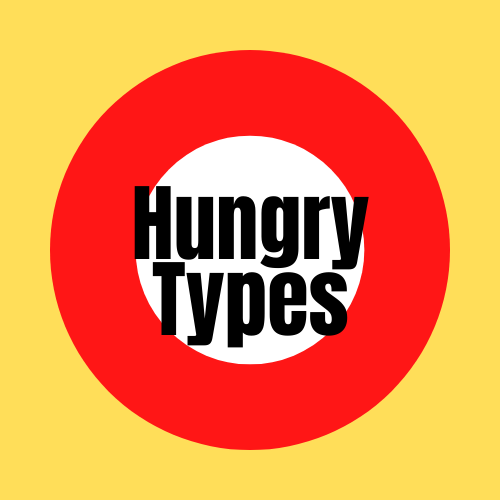Menus. One of the most important things when it comes to deciding if you want to eat in one place or another. It welcomes you to the table, introduces you to the options, and reveals some information about the quality and style of each dish. Not only does it reveal the food you can eat, it’s also a good indicator that allows you to see the vibe of a restaurant.
And typography plays a big role in the menus, too. It’s pretty wise for restaurants to choose the right fonts, as it can serve them for strategic purposes.
Every choice should be well-thought. What do I mean by that? Well, lemme give you an example. For instance, some modern restaurants purposefully use complex, hard-to-read typefaces to demonstrate their sophistication. And according to a 2008 psychology study, options, written in a complex font, seem more complex and exotic.
Yep, and this fact shows how important it is to take special attention to every detail. So what do restaurants care about the most when choosing the typography?
- Ambiance. The font has to reflect the interior of the restaurant. For instance, if you have a dim lightning, choose a big and bold enough font that would be easy to read.
- Demographics. Restaurants think about their target customers – children like the stimulation of colours and graphics, older people may need larger or capitalized letters.
- Ethnicity. If a restaurant takes a lot of attention to its authenticity, it’s common to use a certain typography for that, too. It’s very common with ethnic cuisine places.
As we start from the basics, let’s learn the most common restaurant menu fonts:
- Arial. Old, but gold – the font is a safe bet that makes sure that the customers read everything easily. It’s available in narrow, bold, or classic lettering, and it will never distract readers from the most important objects: the food and drinks.
- Helvetica. OK, lemme tell you a secret – it’s very similar to Arial. However, some letters have curved tails that simulate the flow of handwriting. So, it makes the font more playful and cheerful, in comparison with Arial.
- Baskerville. The font is easy to read, universal, as it’s not too sophisticated and not too fancy, and works well for old-school, traditional menu options.
Sources:
https://www.menushoppe.com/the-ultimate-guide-to-restaurant-menu-fonts
